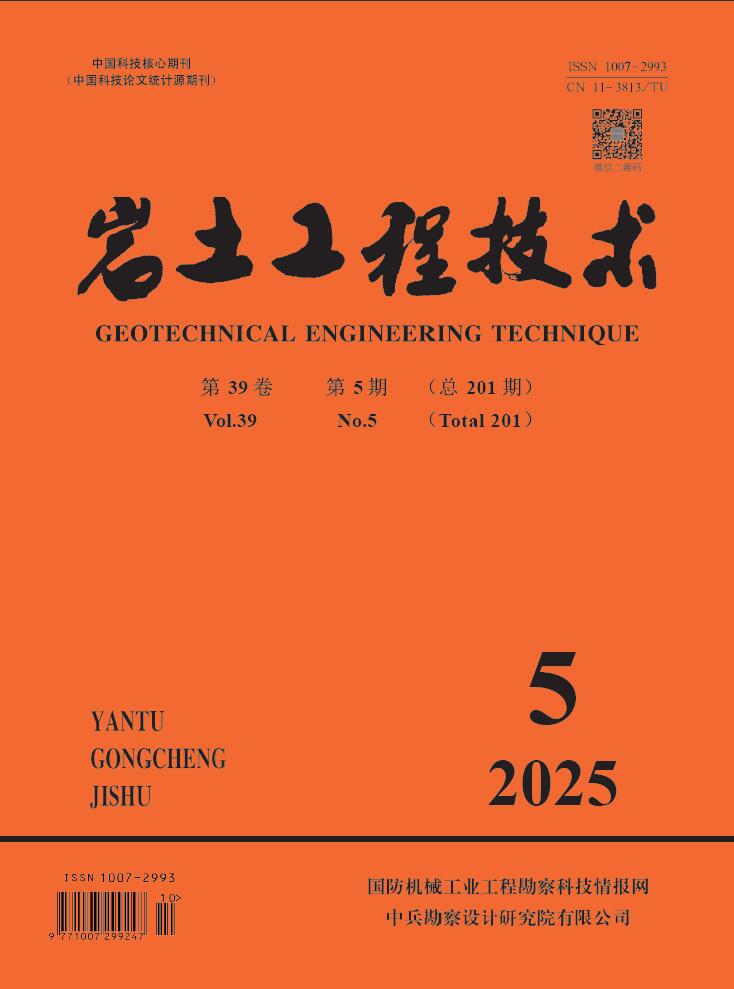2002 Vol. 16, No. 5
Display Method:
2002, 16(5): 249-251,264.
Abstract:
2002, 16(5): 252-255.
Abstract:
2002, 16(5): 256-259,279.
Abstract:
2002, 16(5): 260-264.
Abstract:
2002, 16(5): 265-268.
Abstract:
2002, 16(5): 269-272.
Abstract:
2002, 16(5): 273-274,283.
Abstract:
2002, 16(5): 275-279.
Abstract:
2002, 16(5): 280-283.
Abstract:
2002, 16(5): 284-289.
Abstract:
2002, 16(5): 290-292,301.
Abstract:
2002, 16(5): 293-296.
Abstract:
2002, 16(5): 297-301.
Abstract:
2002, 16(5): 302-306.
Abstract:
2002, 16(5): 307-308.
Abstract:
2002, 16(5): 309-311.
Abstract:



